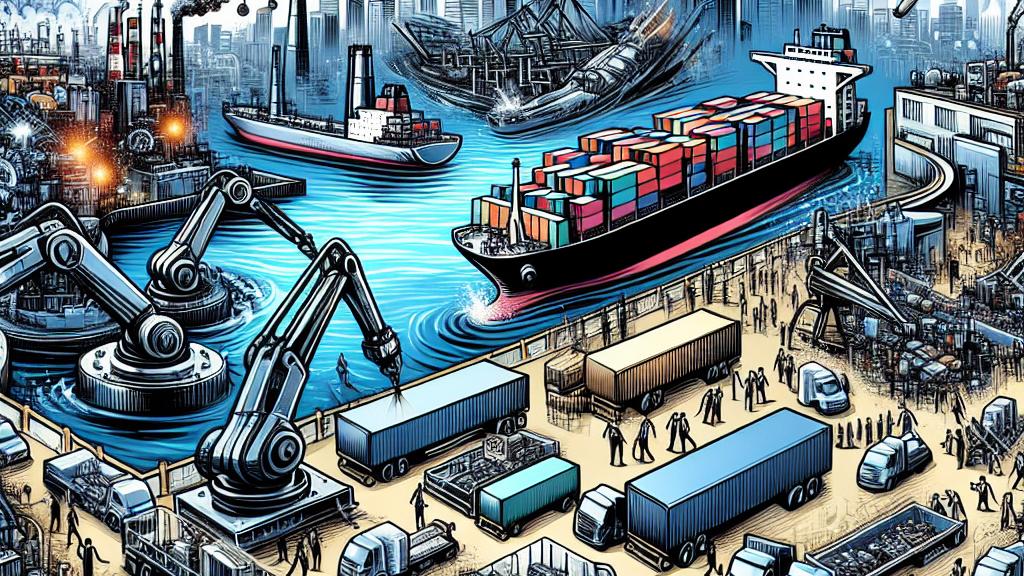Strengthening Asia's Trade and Manufacturing Amidst US Political Changes
Overview
- Asia must pivot strategically to sustain its trade supremacy in a changing landscape.
- Potential US tariffs threaten to disrupt established Asian markets significantly.
- Emphasizing high-tech sectors and sustainability is crucial for future resilience.

Navigating the Shifting Terrain of US Trade Policies
As we look ahead to a future marked by the potential return of Donald Trump to the White House, it's clear the global trade dynamics are set to change. Asian economies—particularly trade powerhouses like China, Japan, and South Korea—must be ready to adapt and respond. The last time Trump was in office, we saw a spike in trade barriers that created both challenges and opportunities. Now, it's crucial that these nations not only diversify their manufacturing into high-tech sectors, but also foster stronger regional collaborations. For instance, South Korea's commitment to semiconductor production and Japan's advancements in robotics can serve as a model for others. By embracing innovation and enhancing productivity, Asia can maintain its competitive edge despite the looming uncertainty.
Understanding the Complex Impact of US Tariffs
Tariffs can often feel like a game of chess—strategic moves that have significant ramifications. During Trump's previous administration, tariffs became a pivotal issue, inflating prices for American consumers and straining relationships with Asian partners. Just consider the staggering trade deficit of approximately $367 billion the US faced with China in 2022—this isn’t just a statistic; it’s a call to action. If tariffs were to resurface under a second Trump term, Asian manufacturers might find themselves grappling with chaos, struggling to penetrate one of the largest markets in the world. Therefore, building strong trade alliances is imperative to ensure that nations position themselves to be both resilient and adaptable in this unpredictable landscape, making the most of their inherent strengths.
Seizing Opportunities Amidst Economic Uncertainty
In the midst of global fluctuations, Asia stands at a crucial junction, one that promises innovative breakthroughs and sustainable growth. Countries like Vietnam are already embracing renewable energy, while South Korea invests heavily in green technologies, showcasing a forward-thinking approach to manufacturing. These moves not only cater to a growing demand for environmentally responsible practices but also set the stage for economic resilience. By prioritizing workforce development in high-tech domains and fostering a spirit of entrepreneurship, Asia has the opportunity to emerge as a leader in the global market. The future isn’t just about surviving; it’s about thriving and capturing the essence of innovation and adaptability. Ultimately, those who can pivot swiftly and embrace change will secure their place at the forefront of a new economic reality.

Loading...